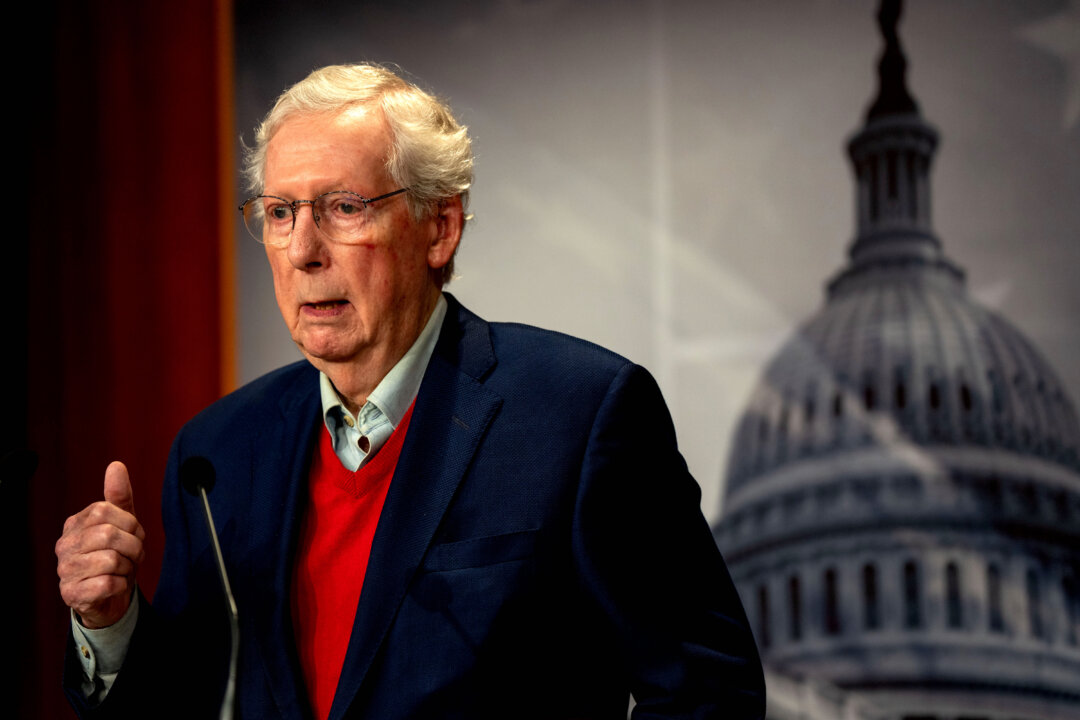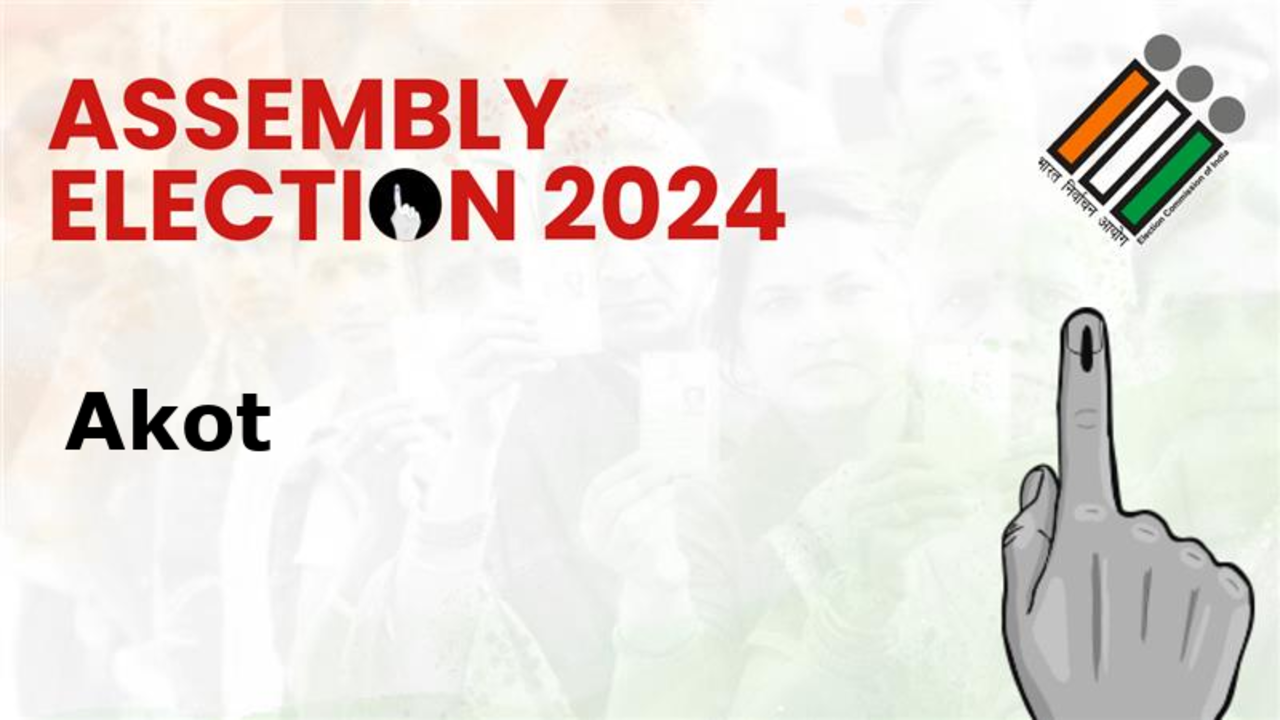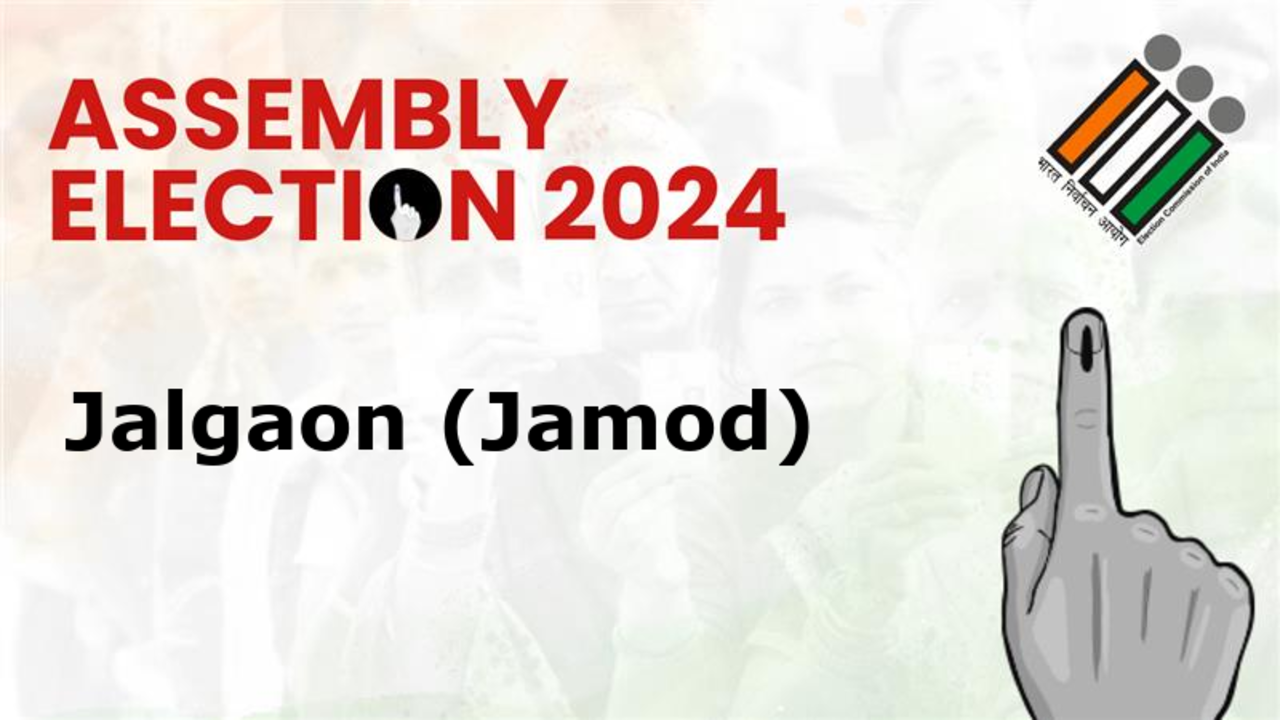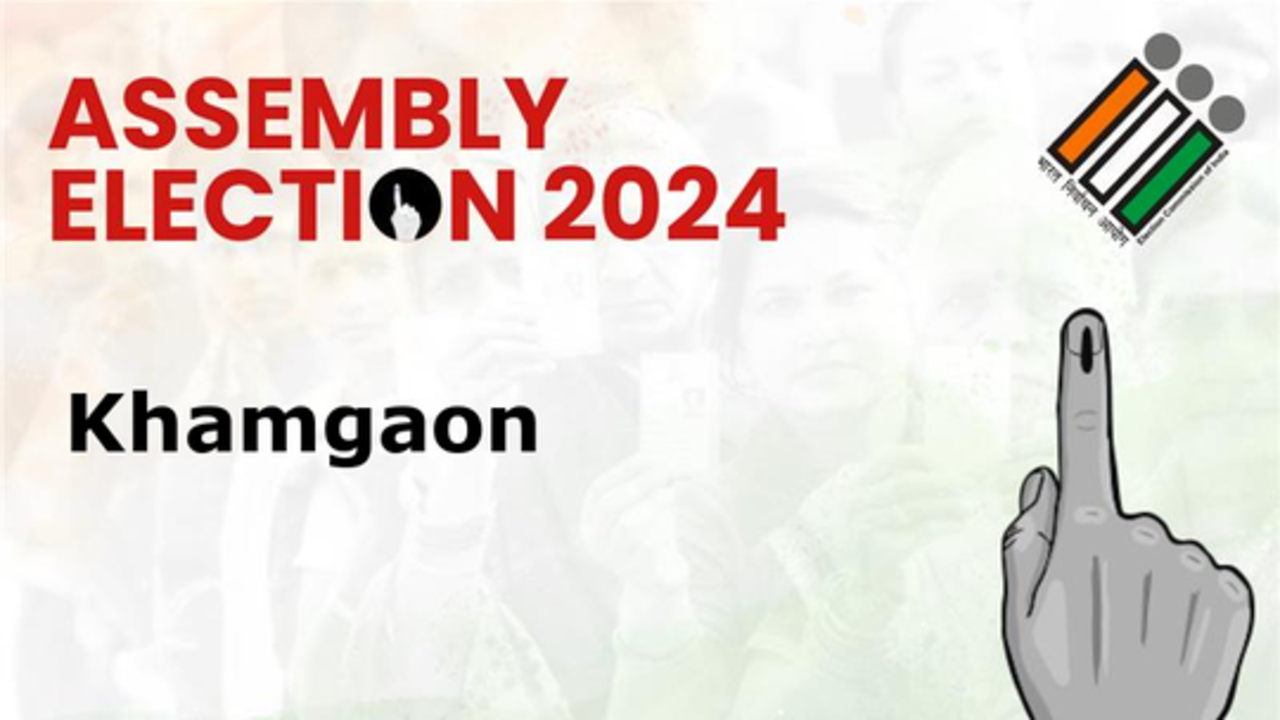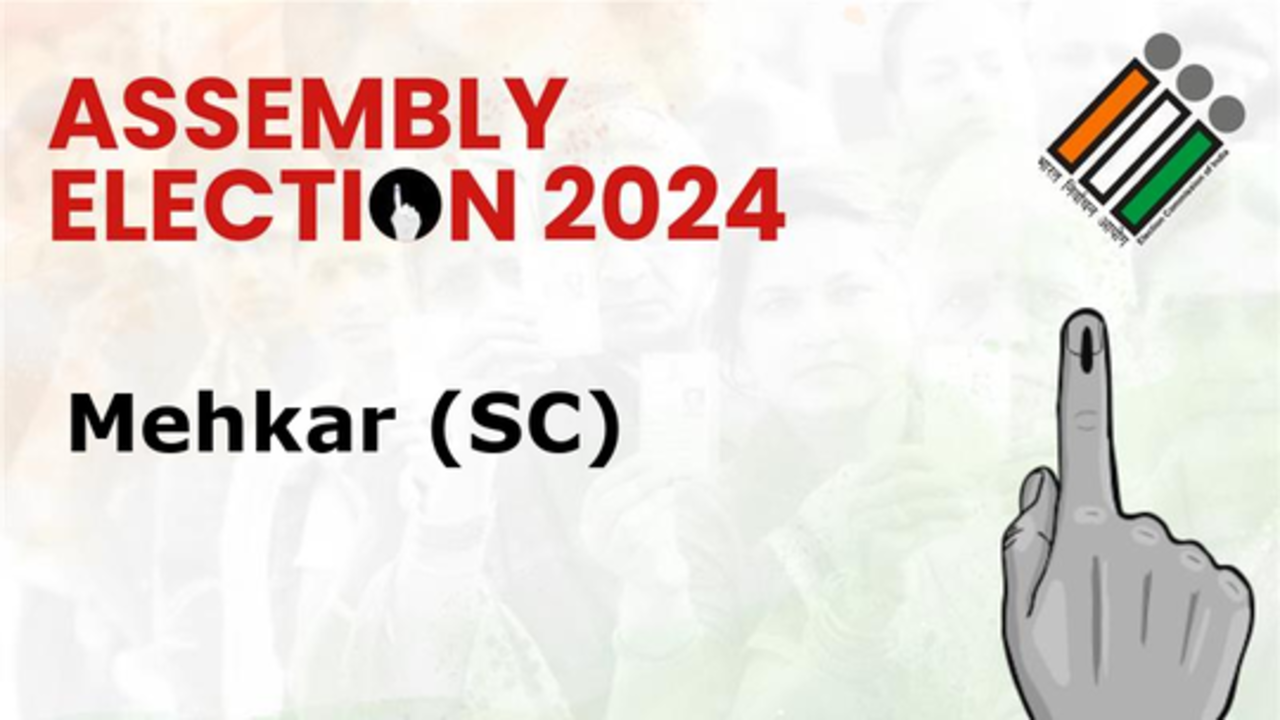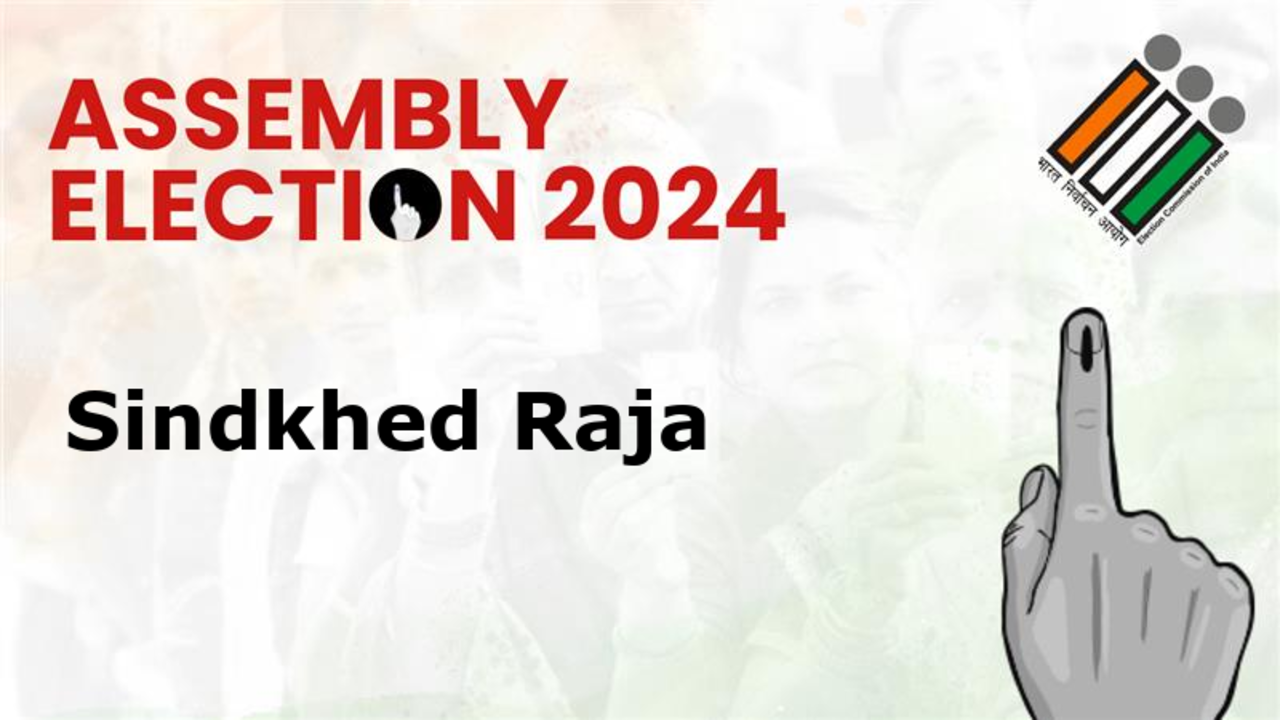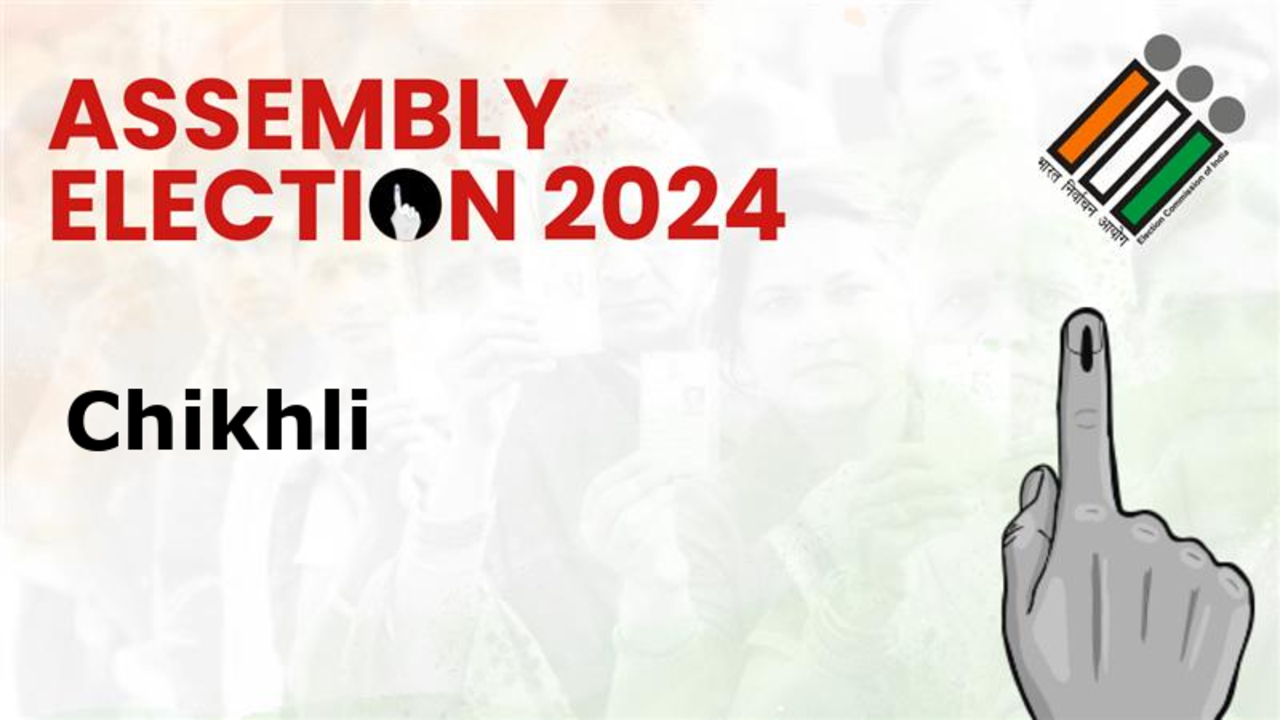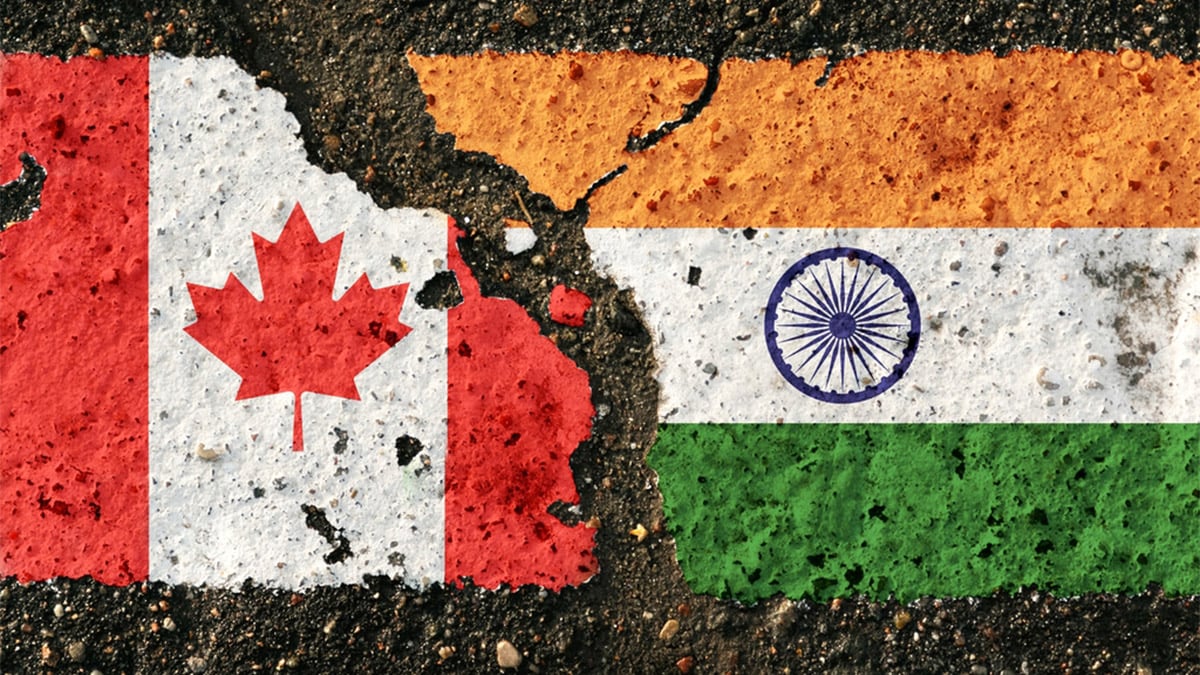
India-Canada relations are in a free fall. Just when you feel that the ties have hit rock bottom, there’s a surprise awaiting you. It is surreal how India, the world’s most populous democracy, has been swiftly transformed from being a friendly nation to Canada’s foremost security threat in the Trudeau administration’s playbook.
The Canadian security and investigative agencies have suddenly discovered that Indian agents and diplomats are engaging in criminal acts, including murder, extortion, espionage and intimidation on its soil. Even the Indian High Commissioner has not been spared. It is worth recalling that the very same agencies had failed to prevent explosives from being planted on the Air India Kanishka jetliner in 1985, which blew up mid-air, resulting in 329 casualties.
They also failed to bring the perpetrators to justice. Violent crime, including the homicide rate, is on the rise in Canada. Organised crime groups, each with their unique structures and activities, often operate with relative impunity.
Gang wars have become increasingly common, while the security establishment is busy snooping on diplomats. A competition seems to be afoot in the Canadian establishment to conjure up newer and more outlandish accusations against India. The latest ‘revelation’ is that Indian state-sponsored actors conduct cyber espionage against the Canadian government.
The other countries so named in the ‘ Cyber Threat from State Adversaries’ report include China, Russia, Iran and North Korea. Given the current trajectory of diplomatic tensions, it would hardly be shocking if India were to be soon accused of orchestrating natural disasters or interfering in Canada’s democratic processes. After all India is a ‘manipulative global power’ and Canada an ‘innocent victim’! The Indian foreign office described the cyber fiction as “another example of a Canadian strategy to attack India” noting that senior Canadian officials had openly confessed to be trying to manipulate global opinion against India, without any evidence.
Canadian national-security and intelligence adviser Nathalie Drouin and Deputy Foreign Minister David Morrison admitted having leaked information on India’s alleged illegal activities to the Washington Post , even before anything was made public in Canada. They disingenuously maintained that no classified information was shared and described the move as ‘strategic communication’ meant to generate widespread coverage for their narrative. The newspaper is known for its anti-India bias.
This action not only constituted a breach of diplomatic trust with India in that the details of confidential discussions in Singapore were revealed within hours, but also contradicted Canada’s assertion that a public disclosure could compromise ongoing investigations. The episode illustrates how the Trudeau government is toying with its media and public opinion. The Canadian media’s silence in the face of being overlooked and eclipsed by an American newspaper is telling, raising significant questions about its independence, role, and objectivity.
Not only the media, but also a sizable portion of the Canadian public, has disappointingly accepted the political theatrics of a struggling administration without critical examination. Few have questioned why India would suddenly act in such a manner, demanded concrete evidence, or scrutinised the timing of these grave accusations. Voices like that of Ujjal Dosanjh, a Sikh and former Premier of British Columbia, are rare.
He has publicly called Justin Trudeau a Khalistani, criticised him for aligning with the separatists and appointing them to his cabinet, besides forming an alliance with Jagmeet Singh, who is known for his pro-Khalistani stance. India is a civilisation-state and an open book, not an insular realm closed off from the world. Hundreds of thousands of Canadians have been travelling to India for decades.
Canada is home to over 2.5 million people of Indian heritage. Over 400,000 Indians students’ study in Canada.
Canadian pension funds have invested C$75 billion in India. The critical question is whether the damage to bilateral political ties can be contained, or if it will have a ripple effect that could negatively impact the overall relationship, which is undesirable for all parties involved. Before attempting an answer, it would be useful to look at the broader picture.
The reality of the matter is that the Khalistani issue has been bedevilling the India-Canada relationship for nearly half a century. Canadian political leaders across the spectrum have courted pro-Khalistani elements as a potential vote bank, turning a blind eye to their separatist and violent activities. Rather than being marginalised, these groups have been mainstreamed in Canada.
They have come not only to occupy cabinet berths but have also systematically infiltrated all sinews of the Canadian governance including the security apparatus, administrative bodies and judiciary. They demonstrated their reach and influence by forcing the Trudeau government to delete all references to Khalistani and “Sikh extremism” from Canada’s annual terrorism threat report in 2018. It was not a mere coincidence that Harjit Sajjan, a Khalistani proponent, was then Canada’s defence minister, after serving in the police and army.
The mindset of the Canadian government is exemplified by the recent case of a Khalistani fugitive, whose extradition was sought by India for his involvement in terrorist activities in Punjab. The Canadian government responded by employing him at the Canadian Border Services Agency (CBSA) and even promoting him to the position of superintendent. Hindu temples are being targeted and worshipers being attacked with increasing frequency in Canada by the Khalistani extremists without any fear of law.
Just the other day a serving Canadian cop of Indian origin, Harinder Sohi, was found demonstrating along with Khalistani miscreants outside a Hindu temple in Brampton; some of them attacked the devotees. India condemned the violence on the precincts of the temple and expressed deep concern about the safety and security of Indian nationals in Canada. Pierre Poilievre, Canada’s leader of the opposition, blamed Trudeau of sowing discord in the Indian community that led to the violent clash.
Forced into a corner the Canadian PM admitted to the presence of Khalistanis in the country. However, the same Poilievre was quick to cancel the traditional Diwali function hosted at Parliament Hill by the opposition party in Canada for fear of offending the Khalistanis and being seen as pro-Hindu. He could as well have calculated that the Hindu community already disenchanted with Trudeau’s Liberals, would have little choice but to support the Conservatives.
Regardless, there is little distinction among Canada’s political parties when it comes to vote-bank considerations. In other words, even if the Conservatives were to regain power in the next elections, likely to be held by October 2025, the permissive attitude towards Khalistani extremists is likely to persist, albeit to varying degrees. That is not all.
The anti-immigrant sentiment in Canada has also been intensifying, due to several socio-economic factors. The Trudeau administration admitted over a million immigrants and temporary residents in some years as against a historical norm of around 300,000. The surge coincided with mounting economic challenges, including stagnant GDP growth, rising unemployment (particularly acute among youth, reaching 15 per cent), soaring housing costs, strained health services and a marked increase in the cost of living.
The Trudeau administration, facing mounting public pressure, has implemented sweeping changes to Canada’s immigration and educational policies. It has announced substantial reductions in the intake of permanent residents, temporary workers, and international students. As a result, over 70,000 international student graduates, including a significant number from India, now face deportation.
The abrupt shift in policies has left tens of thousands of Indian students in a precarious situation. Many of them had invested their families’ life savings to pursue education and build a promising future in Canada. For no fault of theirs’, they suddenly find their aspirations shattered, leaving them despondent and trapped.
Indian students considering travel to Canada should carefully weigh the potential uncertainties they may encounter. It is debatable whether Canada remains the welcoming and opportunistic destination it once was. Such is the socio-political and security minefield through which the India-Canada relations need to be navigated.
India has invested considerable diplomatic capital in forging robust relations with Canada and would like to sustain the momentum but cannot tolerate the ongoing nurturing of anti-India secessionist groups on Canadian soil or the attacks on and vilification of Indian diplomats and community members in the country. Given the ground realities, maintaining a business-as-usual approach appears increasingly untenable, and broader relations are likely to face significant strain. Barring an unforeseen diplomatic breakthrough, bilateral ties seem poised for a period of turbulence, at least in the short to medium term.
There remains a glimmer of hope that wiser counsel will prevail to stabilise the relationship from further damage. The author is a foreign affairs specialist and an ex-envoy to Canada and South Korea. Views expressed in the above piece are personal and solely those of the author.
They do not necessarily reflect Firstpost’s views..








